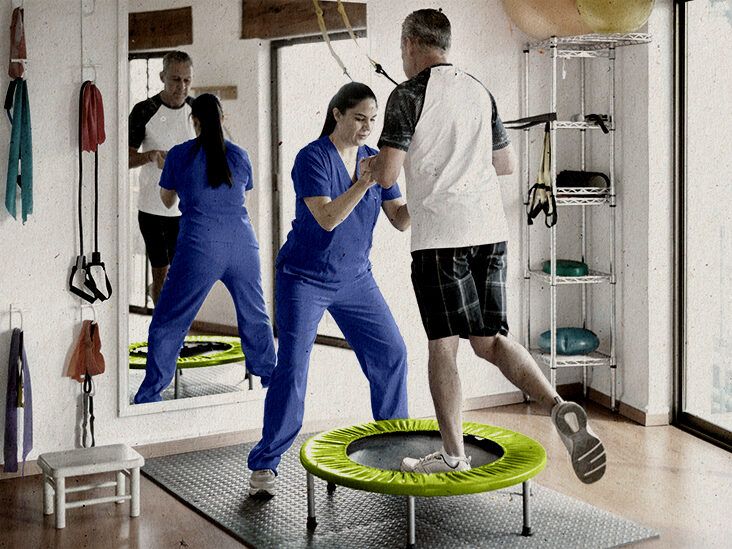
Acute injuries in sports can happen suddenly and frequently lead to critical issues for players. These traumas can range from sprains and strains to fractures and concussions. To assist reduce these traumas, it is crucial to adopt focused protective strategies. These strategies concentrate on awareness, proper training, equipment use, and overall health maintenance. By tackling these important areas, players can considerably lower their risk of experiencing acute injuries while engaging in their beloved activities.
One effective method to reducing the risk of injuries is through education. Athletes, coaches, and guardians should be educated about the common types of traumas associated with specific sports. Understanding the mechanics of these traumas allows all involved to identify the signs and symptoms early. Informative workshops or seminars can assist teach athletes about proper techniques and the significance of preparing up before games or practices. This knowledge empowers players to take charge for their safety and motivates them to express any concerns about potential traumas.
Another crucial preventive strategy is adequate training. Athletes should engage in a comprehensive conditioning program that focuses on developing strength, flexibility, and endurance. Strength conditioning assists build the muscles that stabilize joints, lowering the likelihood of injuries. Flexibility routines, such as elongating, can improve the scope of motion and reduce the chance of muscle strains. Additionally, players should integrate sport-specific drills that mimic game scenarios, which can assist them become more acquainted with the movements involved in their selected activity. Coaches play a crucial role in developing and implementing these training programs to ensure they are secure and effective.
The use of appropriate equipment is also click for more vital in reducing acute injuries in sports. Players should consistently wear the right gear for their particular sport, including helmets, pads, and proper footwear. For example, gridiron players need helmets to shield against head injuries, while football players require shin guards to protect their legs from impact. It is crucial that equipment fits correctly and is cared for regularly to guarantee it provides the intended safeguarding. Coaches and parents should motivate athletes to take the effort to choose and wear the appropriate equipment to reduce their risk of injury.
In addition to education, preparation, and gear, maintaining overall well-being is essential for injury avoidance. Players should prioritize adequate nutrition, hydration, and rest to keep their bodies in top shape. A balanced diet rich in vitamins and minerals helps facilitate muscle recovery and overall physical performance. Maintaining hydrated is also important, as dehydration can lead to exhaustion and heighten the risk of injuries. Lastly, achieving enough sleep is crucial for recovery and maintaining focus during training sessions and games. By encouraging good health habits, players can enhance their performance and lower their chances of experiencing acute traumas.
In conclusion, reducing the risk of acute traumas in athletics requires a comprehensive method that includes awareness, adequate preparation, suitable gear, and overall well-being maintenance. By concentrating on these specific protective strategies, players can more effectively safeguard themselves from the risks of traumas. Trainers, guardians, and players all have vital roles to fulfill in creating a safe sports environment. By working together and prioritizing safety, the enjoyment of sports can continue without the interruption of painful traumas.